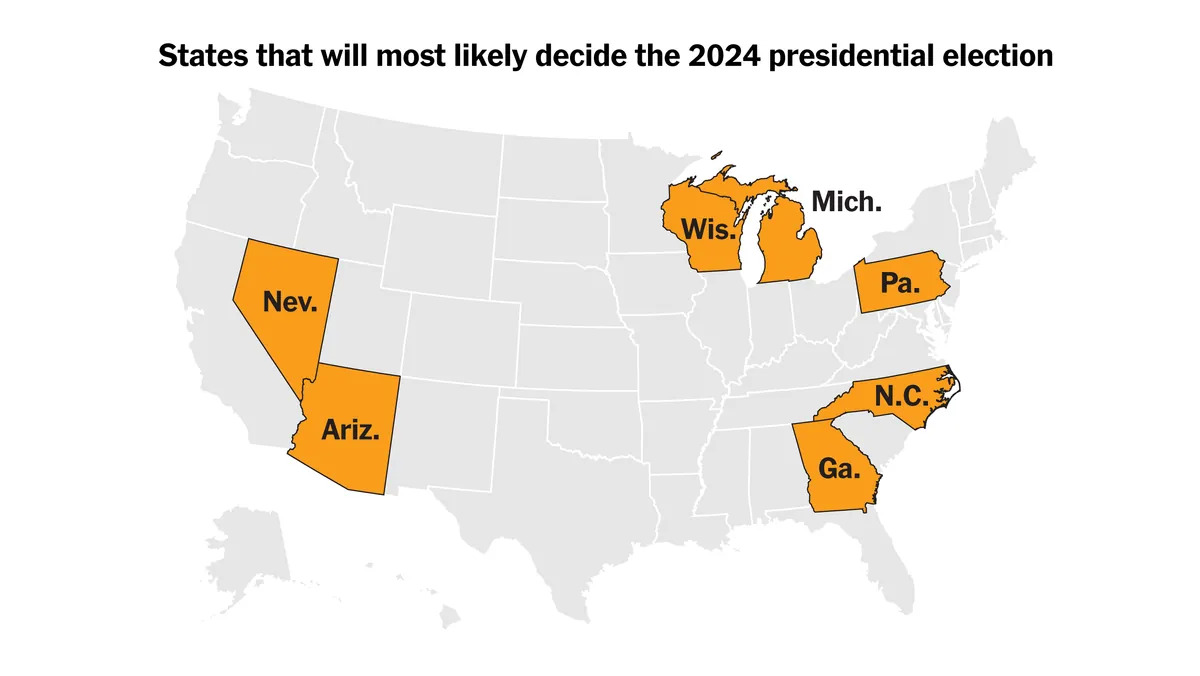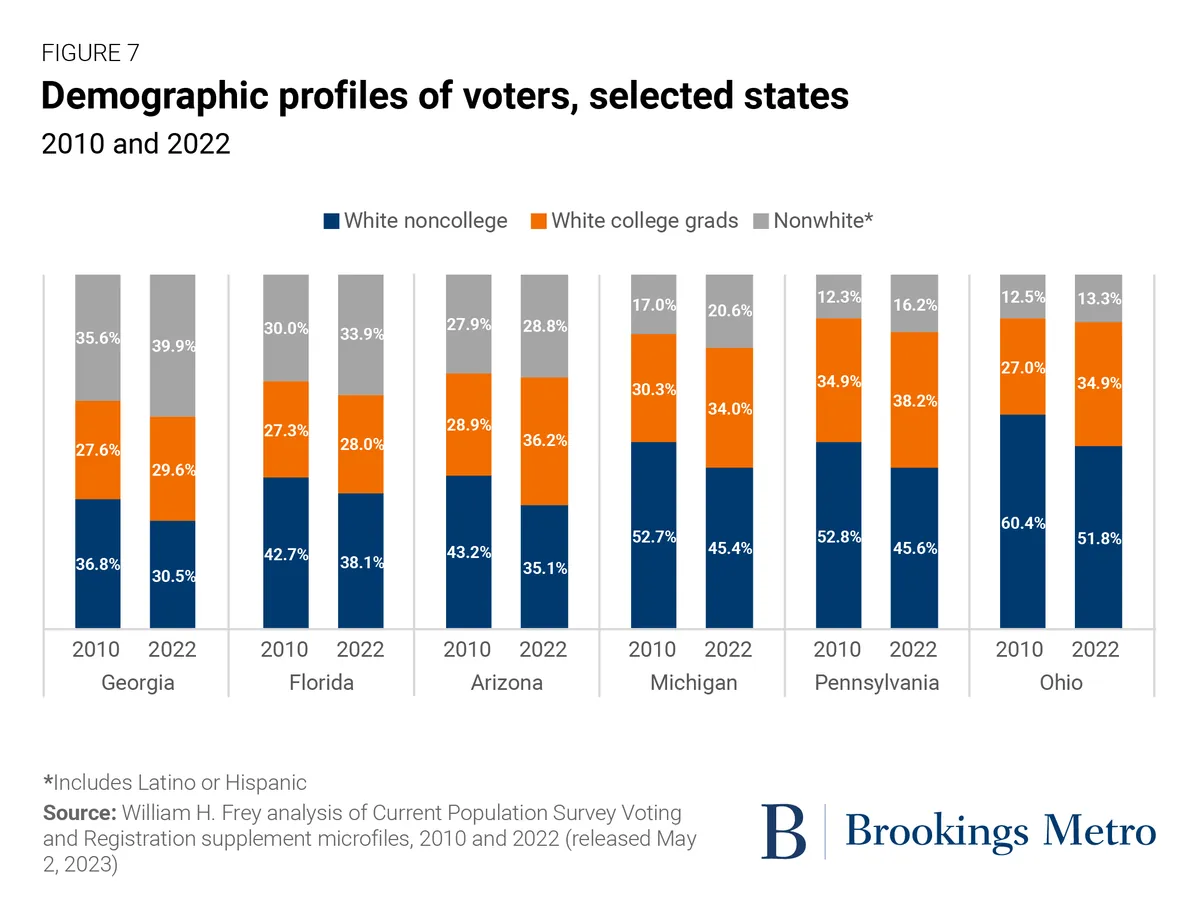2024 Election Strategies: Harris and Trump Campaigns Target Key States
Democratic and Republican campaigns focus on different pathways to victory in the 2024 presidential race, with Pennsylvania emerging as a crucial battleground. Ad spending reveals divergent strategies in a historically tight electoral map.

In the lead-up to the 2024 presidential election, the campaigns of Vice President Kamala Harris and former President Donald Trump are employing distinct strategies to secure the 270 electoral votes needed for victory. Both sides have identified key battleground states, with Pennsylvania emerging as a critical focal point.
The Harris campaign is targeting what has been traditionally known as the "Blue Wall" states of Wisconsin, Michigan, and Pennsylvania. This strategy, outlined by campaign leaders in July 2024, also includes securing a single electoral vote from Nebraska's 2nd Congressional District. It's worth noting that Nebraska is one of only two states, along with Maine, that splits its electoral votes by congressional district, a practice that has been in place since 2008.
Conversely, the Trump campaign is focusing on what they term the "Red Wall" in the Eastern time zone. This strategy, as explained by a campaign official in August 2024, hinges on retaining North Carolina while winning Georgia and Pennsylvania. This approach reflects the historical voting patterns of these states, with North Carolina having voted Republican in 9 out of the last 10 presidential elections.
Ad spending data from March 12 to September 3, 2024, reveals these divergent strategies. The Trump campaign has allocated 19% of its ad budget to Georgia, compared to the Democrats' 11%. In contrast, the Harris campaign has invested 16% of its spending in Michigan, versus 12% for the Republicans. Both sides have heavily invested in Pennsylvania, which accounts for 36% of Republican ad dollars and 21% of Democratic spending.

The importance of Pennsylvania cannot be overstated. With 19 electoral votes, it has been a crucial swing state in recent elections. Historically, the last time a presidential candidate won without carrying Pennsylvania was in 1948, underscoring its significance in the electoral map.
The Harris campaign has adopted a more expansive approach, targeting a wider range of states including Arizona and Nevada. This strategy provides alternative paths to victory, potentially offsetting losses in other battleground states. The Democratic side has outspent their Republican counterparts, with $933 million allocated or reserved for advertising compared to $485 million for the GOP as of September 3, 2024.
Super PACs supporting each candidate have also played a significant role in the campaign. These organizations, which gained prominence following the 2010 Citizens United v. FEC Supreme Court decision, have focused their efforts on different states. Republican-aligned PACs have divided their attention between the eastern "Red Wall" states and the Midwest, while Democratic PACs have spread their resources across a broader range of battlegrounds.
Recent polls, including a Quinnipiac University survey from early September 2024, indicate close races in key states like North Carolina. This has raised concerns among Republican strategists about the stability of their eastern strategy. Democratic strategists, meanwhile, view Georgia as potentially more favorable than North Carolina, partly due to its higher percentage of Black voters.
As the election approaches, both campaigns continue to adapt their strategies. The outcome may ultimately hinge on a handful of states, with Pennsylvania and Georgia playing pivotal roles in determining the next occupant of the White House.
"It comes down to two states — it's Pennsylvania and Georgia. If Trump carries exactly what he did before, and he wins Pennsylvania and Georgia, he is at 270. He doesn't need Arizona. He doesn't need Nevada."
This statement reflects the narrow path to victory that both campaigns are navigating in what is shaping up to be one of the most closely contested presidential elections in recent history.


































